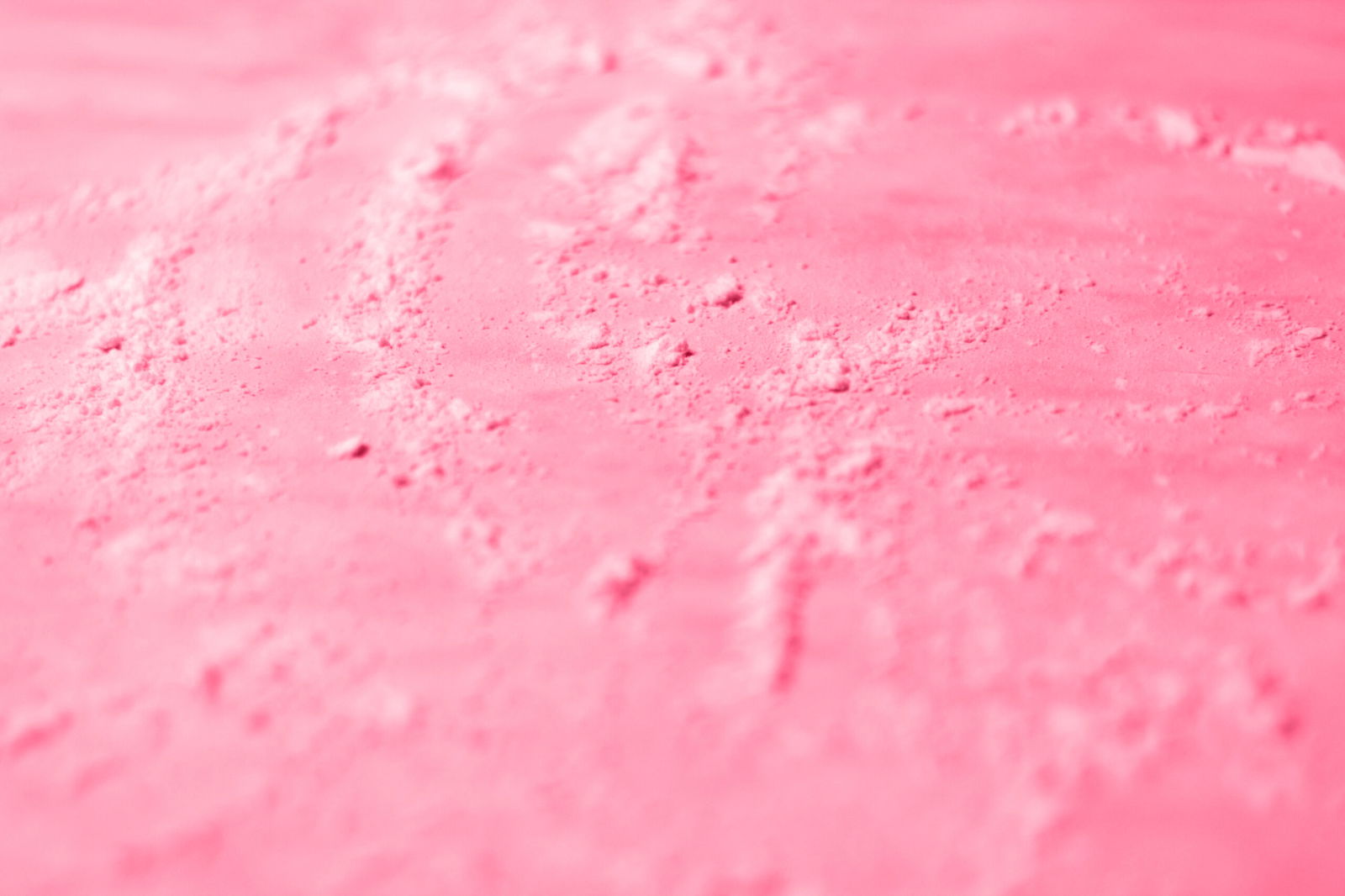Crack cocaine typically appears as off-white or yellowish rocks that vary in size and shape. While pure crack cocaine tends to be white, street versions often display different colors due to manufacturing processes and added substances.
Crack cocaine exists primarily as solid rocks or chunks with a flaky, crumbly texture. The rocks can range from smooth, like ceramic pieces, to rough and irregular shapes. Most commonly, you’ll find crack cocaine in these colors:
• Off-white (most common)
• Yellow
• Beige
• Pink
• Brown
The variation in color often indicates the presence of different substances or manufacturing processes. Most crack cocaine is not perfectly white but instead has an off-white, yellow, or beige color due to:
The conversion of powdered cocaine to crack involves dissolving cocaine in water with baking soda or ammonia and boiling until solid forms. This process naturally affects the final color.
Common additives include:
• Caffeine
• Benzocaine
• Lidocaine
• Lactose
Laboratory analysis shows that crack cocaine samples often contain multiple substances beyond the primary drug. Using thin layer chromatography and mass spectrometry, researchers have identified various adulterants that affect both color and composition.
• Rocks are typically flaky and crumbly
• Surface can be rough or smooth
• Breaks easily into smaller pieces
Smell
The substance often has a strong chemical odor, sometimes resembling:
• Burning rubber
• Chemicals
• Gasoline

Crack cocaine produces immediate and intense effects due to rapid absorption when smoked. Users may experience:
• Intense euphoria
• Increased alertness
• Aggressive behavior
• Paranoia
Long-term Risks
• Respiratory problems
• Severe addiction
• Cardiovascular issues
• Mental health deterioration
The color variation in crack cocaine can indicate the presence of dangerous adulterants. Recent trends show increasing use of fentanyl as a cutting agent, which significantly increases overdose risks.
Law enforcement and laboratory professionals use several methods to identify crack cocaine:
• Assessment of color and texture
• Examination of crystal structure
• Size and shape evaluation
Chemical Testing
• Thin layer chromatography
• Mass spectrometry
• Chemical reagent tests
Crack cocaine is classified as a Schedule II substance, indicating:
• High potential for abuse
• Severe legal penalties for possession
• Strict regulations on handling and distribution
Understanding the variations in crack cocaine’s color and composition is essential, but addressing its impact on your life is even more critical. At Asana Recovery, we provide compassionate, evidence-based care tailored to your unique journey.
Whether you’re struggling with substance use or supporting a loved one, our team is here to guide you toward recovery. Reach out to us today to learn more about our personalized treatment plans and take the first step toward reclaiming your life. Don’t wait—help is just a call away.

This book has helped so many men and women; and we want to give it you for FREE. Get signed up today and discover how to unlock the grip of addiction and get back to living your best life.
In this book, you’ll discover…
— The Most Common Misconceptions About Addiction and Rehab
— Why Rock Bottom is a Myth and What You Can Do About It
–The Steps to Healing From Trauma, Both Mentally and Emotionally
–And much more!

Asana Recovery is licensed and certified by the State Department of Health Care Services.


© Copyright 2024 Asana Recovery™ | All Rights Reserved | Privacy Policy
Asana Recovery
We firmly believe that the internet should be available and accessible to anyone, and are committed to providing a website that is accessible to the widest possible audience, regardless of circumstance and ability.
To fulfill this, we aim to adhere as strictly as possible to the World Wide Web Consortium’s (W3C) Web Content Accessibility Guidelines 2.1 (WCAG 2.1) at the AA level. These guidelines explain how to make web content accessible to people with a wide array of disabilities. Complying with those guidelines helps us ensure that the website is accessible to all people: blind people, people with motor impairments, visual impairment, cognitive disabilities, and more.
This website utilizes various technologies that are meant to make it as accessible as possible at all times. We utilize an accessibility interface that allows persons with specific disabilities to adjust the website’s UI (user interface) and design it to their personal needs.
Additionally, the website utilizes an AI-based application that runs in the background and optimizes its accessibility level constantly. This application remediates the website’s HTML, adapts Its functionality and behavior for screen-readers used by the blind users, and for keyboard functions used by individuals with motor impairments.
If you’ve found a malfunction or have ideas for improvement, we’ll be happy to hear from you. You can reach out to the website’s operators by using the following email
Our website implements the ARIA attributes (Accessible Rich Internet Applications) technique, alongside various different behavioral changes, to ensure blind users visiting with screen-readers are able to read, comprehend, and enjoy the website’s functions. As soon as a user with a screen-reader enters your site, they immediately receive a prompt to enter the Screen-Reader Profile so they can browse and operate your site effectively. Here’s how our website covers some of the most important screen-reader requirements, alongside console screenshots of code examples:
Screen-reader optimization: we run a background process that learns the website’s components from top to bottom, to ensure ongoing compliance even when updating the website. In this process, we provide screen-readers with meaningful data using the ARIA set of attributes. For example, we provide accurate form labels; descriptions for actionable icons (social media icons, search icons, cart icons, etc.); validation guidance for form inputs; element roles such as buttons, menus, modal dialogues (popups), and others. Additionally, the background process scans all the website’s images and provides an accurate and meaningful image-object-recognition-based description as an ALT (alternate text) tag for images that are not described. It will also extract texts that are embedded within the image, using an OCR (optical character recognition) technology. To turn on screen-reader adjustments at any time, users need only to press the Alt+1 keyboard combination. Screen-reader users also get automatic announcements to turn the Screen-reader mode on as soon as they enter the website.
These adjustments are compatible with all popular screen readers, including JAWS and NVDA.
Keyboard navigation optimization: The background process also adjusts the website’s HTML, and adds various behaviors using JavaScript code to make the website operable by the keyboard. This includes the ability to navigate the website using the Tab and Shift+Tab keys, operate dropdowns with the arrow keys, close them with Esc, trigger buttons and links using the Enter key, navigate between radio and checkbox elements using the arrow keys, and fill them in with the Spacebar or Enter key.Additionally, keyboard users will find quick-navigation and content-skip menus, available at any time by clicking Alt+1, or as the first elements of the site while navigating with the keyboard. The background process also handles triggered popups by moving the keyboard focus towards them as soon as they appear, and not allow the focus drift outside it.
Users can also use shortcuts such as “M” (menus), “H” (headings), “F” (forms), “B” (buttons), and “G” (graphics) to jump to specific elements.
We aim to support the widest array of browsers and assistive technologies as possible, so our users can choose the best fitting tools for them, with as few limitations as possible. Therefore, we have worked very hard to be able to support all major systems that comprise over 95% of the user market share including Google Chrome, Mozilla Firefox, Apple Safari, Opera and Microsoft Edge, JAWS and NVDA (screen readers).
Despite our very best efforts to allow anybody to adjust the website to their needs. There may still be pages or sections that are not fully accessible, are in the process of becoming accessible, or are lacking an adequate technological solution to make them accessible. Still, we are continually improving our accessibility, adding, updating and improving its options and features, and developing and adopting new technologies. All this is meant to reach the optimal level of accessibility, following technological advancements. For any assistance, please reach out to